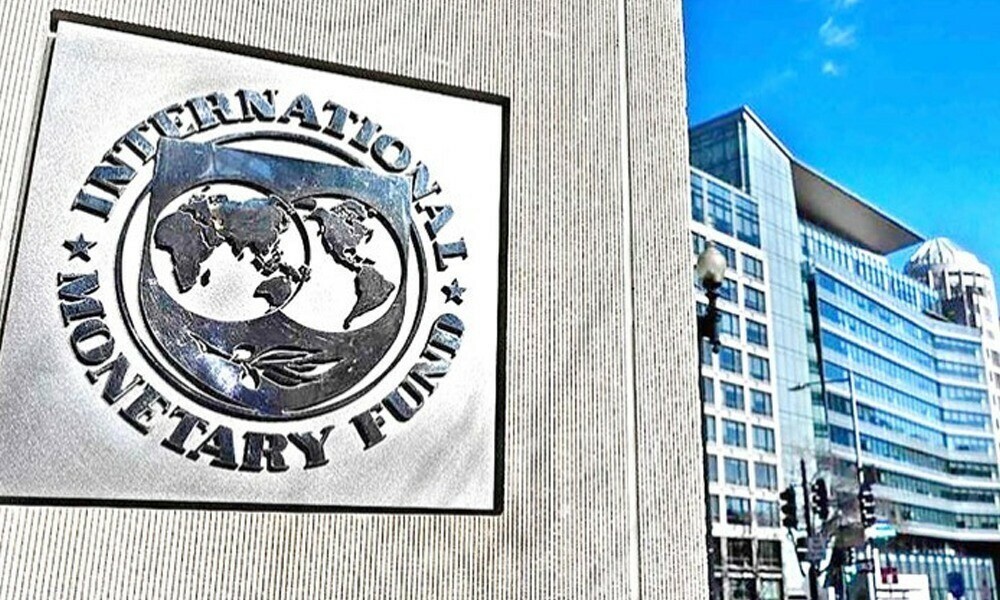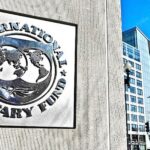The International Monetary Fund is a significant part of the world economy and makes an impact on financial policy and the general development of the international economy. Below is the guide breakdown where we look at the functions of the IMF, its historical evolution, its structural makeup, and its role in today’s world. To understand what the IMF is and how it affects the various countries, let’s delve deeper into understanding how it functions.
Introduction to the International Monetary Fund
The IMF is an international institutional organization that was created in 1944 and is made up of 190 countries, its aims include the promotion of international monetary cooperation, the attainment of international economic cooperation and financial stability, the encouragement of sustainable economic growth in the world and high levels of employment and, consequently, poverty reduction in the world. Another principal role of the IMF is acting as an institutional lender to its member countries during difficult economic periods.
History of the IMF
IMF was established in 1944 at the Bretton Woods Conference and aimed to stop another downturn in the world economy, similar to what was experienced in the 1930s- depression period. This paper acknowledges that over the years, the IMF has adapted to consider various aspects of various worlds and the new challenges experienced in the global financial system.
Structure of the IMF
The IMF has many formations; the most important are the Board of Governors, the Executive Board, and the Managing Director. The Board of Governors comprises one governor, appointed by each member country, who may be a minister of finance or the governor of the Central Bank. Whereas the IMFC is a nonoperational committee of leaders charged with providing policy direction to the IMF, the Executive Board is the core operating and decision-making body of the IMF.
Function of the IMF

The IMF’s key activities belong to 4 categories: surveillance, lending, technical assistance, and capacity building, as well as research and analysis. As an economic policeman, the IMF supervises and analyzes global economic events and gives recommendations and policy suggestions to member countries to enable economic stability.
Role of the IMF in Financial Assistance
Despite having been established to provide a sounding credit framework for all member countries, especially the developed ones, the IMF also has the mandate of offering credit support to member countries that experience financial problems during their periods of turbulence. These assistance programs are meant to correct the balance of payment difficulties and to provide the credentials of structural adjustments for stability.
Impact of the IMF on Member Countries
There have been mixed IMF outcomes over the years with member countries, as the following responds: On one hand, defenders of IMF policies stress that the programs promoted by the IMF have contributed to the stabilization and growth of economies of the member countries, on the other hand, critics of IMF note that the strings linked to the IMF loans contributed to worsening social injustice and limited economic development.
Key Initiatives and Programs
An overview of the IMF Mechanisms At the core of this global institution, the IMF has developed numerous strategies and policies to solve significant issues that threaten the advancement of the global economy, including; poverty alleviation, debt forgiveness, and, more recently, enhancement of the world’s financial sectors. This has been done through a Poverty Reduction and Growth Trust program whereby special financial assistance is offered to low-income member countries.
Criticism and Controversies
There has been criticism of the policies that the IMF has pushed on member countries, its operations, and the perceived dominance of the institution over member nation’s sovereignty. While true, some critics have been expecting social turmoil and economic difficulties upon implementing IMF-prescribed austerity and structural adjustment programs in borrowing countries.
Future challenges and opportunities
How financial interconnections work, how they are impacted by the role of technology and the threats and opportunities of the environment. Since the emerging issues have different characteristics, the IMF must reformulate its policies and factors accordingly.
Conclusion
IMF is the third important institution supporting the global economy and helping its member countries in difficult financial periods. In this respect, although the interferences of the IMF may have brought about positive and negative influences, the IMF is still an essential organization that acts as a cornerstone in preserving financial order and enhancing development in the global economy. With the help of the knowledge about the functions and effects of the IMF, interested parties and even the government will be able to have many more ways to comprehend the situation in the international financial market as well as to make efforts to have the economic development that would not be troublesome for any country.






Leave a Reply